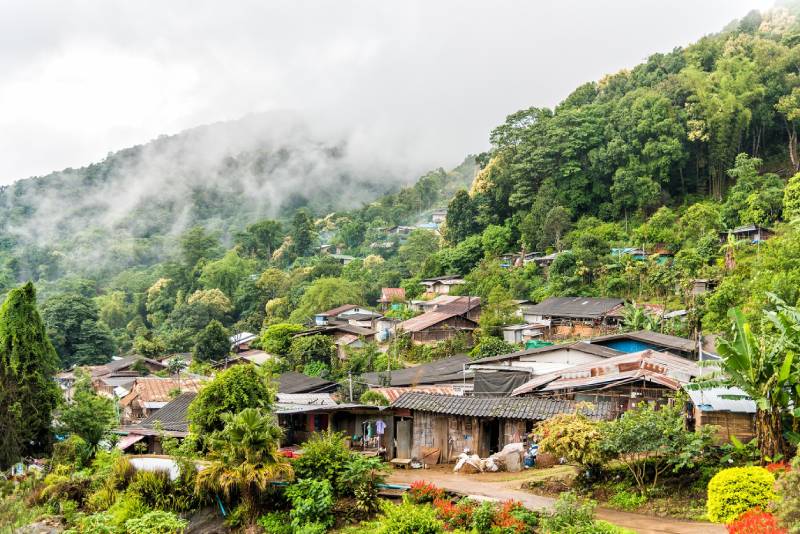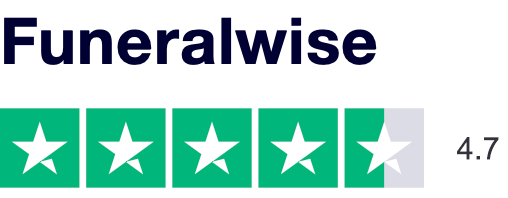Hmong Funeral Service Rituals
The Hmong have faith and culture that centers around animistic beliefs. They believe that after death a person’s soul reincarnates as a different form. Generally speaking, the Hmong funeral is seen as a time to mourn, grieve, remember the deceased, and to talk, visit, and even laugh together. In the funeral home, rooms where visitation is not going on, mourners may gather to play games, sleep, eat, and play music. Relatives often keep watch at the funeral home night and day.
Originally, Hmong funeral services lasted for 7 days. However, today they typically last 3 or 4 days. The body is embalmed so that weekend services can begin on Friday morning. Services last continually, 24 hours a day until Monday. Then on Monday, the body is buried.
During the 2-3 days of services, someone plays a qeej, a flute-like instrument made of bamboo, to help guide the deceased person’s spirit back to its ancestral home. The entire group of mourners helps make fake gold money boats for the deceased. These boats are made to sail along with the deceased to provide wealth for the spiritual journey.
The Hmong believe that the sacrificed animals will lead the deceased on their next journey. Hmong mourners set up continuous feasts for family and guests. Traditionally, cows and chickens were sacrificed as part of the funeral ritual and served to the guests of the funeral. In Western funeral practices, ritual sacrifices do not take place at the site of the funeral services. It is appreciated and appropriate to prepare food for the family.
The colors of the deceased’s clothes are also spiritually significant. The family dresses the body in black and white clothing, avoiding colors like green and red which are thought to make the deceased ill. Specific shoes made of cloth are provided for the deceased. A chicken is often placed by the head. The spiritual significance of this practice is to provide a meal on the journey into the afterlife.
Hmong funeral services are considered the most sacred of the Hmong rituals. It may be months after death, however, before a Hmong funeral can be arranged. In the West, many Hmong rituals must be adapted for financial and cultural reasons. Instead of flowers, most guests at the funeral offer donations called “sunshine money” to help the family cover the costs of the funeral.
In some cases where the Hmong people have converted to Christianity, church services are held in lieu of other ritual practices. However, the mourning process still lasts for three days.
You might be interested in our blog post about the funeral of Vang Pao who lead the Hmong of Laos from their farms and villages to fight the North Vietnamese and later helped resettle thousands of Hmong in California and the Upper Midwest of the United States.
| Hmong Quick Reference Guide | |
|---|---|
| Length of Service | 3 – 4 days |
| Flowers? | Mourners usually donate “sunshine” money to the family to cover funeral costs |
| Food? | Part of funeral arrangements |
| Dress Code? (Men/Women) | Business |
| Recording Devices? | Not specified |
| Source of Readings? | Scriptures & Hymnals |
| Open Casket? | Sometimes |
| Return to Work? (Days) | Depends |
| No. of Days to Mourn? | 3 – 4 |
| Embalming? | Depends on community |
| Cremation? | Traditionally, no |
| Body/Organ Donation? | Up to the individual |


